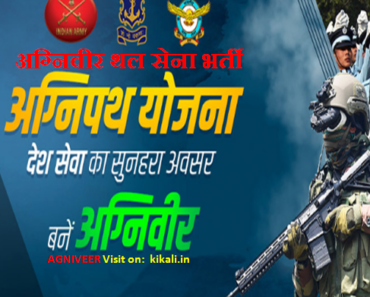
Jai Mahakali, Aayo Gorkhali
The history of Gorkhas can be traced back to 1947. During the colonial time, the Gorkhas were required by the British for their army. Since then six Gorkha regiments which were a part of the British India army were made a part of the Indian Army. Currently, there are near 32,000 Nepalese Gorkhas who are serving the Indian Army in 7 Gorkha rifle regiments in 40 battalions.
History
The Gorkhas took control of Nepal from Ranjit Malla of Bhatgaon in 1760. They started expanding their control to the mountains. They found it easier to expand their control over the south as the north was well guarded by the Chinese. It was the time of 1802 when the English annexed Gorakhpur which brought the Gorkhas boundary and the East India Company’s border together. The conflict started because of the Gorkhas’s capture of Butwal and Sheoraj. The war ended with the “Treaty of Sagauli” which favored the British. It was after this treaty that the Gorkhas joined British Indian Army in large numbers. The Gorkhas first encountered the British in Gurkha War of 1814-1816. A soldier of 87th Foot Regiment described Gurkhas as “I never saw more steadiness or bravery exhibited in my life. Run they would not, and of death, they seemed to have no fear, though their comrades were falling thick around them.” Gorkhas fought from the British side in the Revolt of 1857. Gorkhas also fought the Afghan war and Anglo-Sikh wars.
During the First and Second World Wars, The Gorkha Regiment played a significant role seeing action from Monte Cassino in the west to Rangoon in the east, and earning extensive battle honors.
In the 1947 a Britain-India-Nepal Tripartite Agreement was signed by India, Nepal and Great Britain, according to which out of the total ten Gorkha regiment in British Indian army, six joined the Indian army. Those transferred to the British Army were sent back to Britain and posted in Britain. A seventh regiment was also raised after Independence. There has not been a single military campaign by Gorkhas where they failed to show their bravery and valour. The regiments have won many gallantry awards such as Param Vir Chakra and Maha Vir Chakra and Vir Chakra.
War Cry
The War Cry of Gorkha Rifles is “Jai Mahakali, Aayo Gorkhali”
It means Hail Goddess Kali, The Gorkhas are here
Motto
Kafar Hunu Nhanda Marnu Ramro which means Better to die than being a coward
Regiment Center / Gorkha Training Centre
11 GTC Lucknow
14 GTC Sabathu
39 GTC Varanasi, Uttar Pradesh
58 GTC Shillong
Interesting Facts
- However it is believed that British East India company was the first to recruit the Gorkhas, some officers say that Maharaja Ranjit Singh was the one to raise a battalion of Gorkhas to serve the Sikh army in 1809-1814
- General Bipin Rawat, who served as an army chief for Indian army in 2019 was from Gorkha Rifles.
- The soldiers of Gorkha regiment carry a ‘khukri’ which is a long knife that curves inward. The insignia of Gorkha Rifles is a pair of crossed khukris. It is a Nepalese knife which all Gorkha Rifles carry as a personal weapon.
- The Non-Gorkhas in the Gorkha Rifles have to learn Nepali compulsorily for proper communication.
- The Britishers were very impressed by the Gorkhas that is the main reason for their integration with the Indian Army.
- The 11 GR regiment was raised by the Indian Army to accommodate the soldiers who refused to be transferred to the British Army.
- They have played significant roles in multiple wars. They have won Battle Honours in Uri sector in 1947-48, Ladakh in 1962, Jammu & Kashmir in 1965 and 1971.
- The Gorkha regiment had a tradition of sacrificing a male Buffalo on the festival of Dussehra but in 2015 it was banned by the Defense Minister.







पुलिस की नौकरी एक देश की रक्षा के लिए आती है मेरा नाम सविता कुमारी कुमारी अमित पासवान जिला सिवान थाना तरवारा बिहार से